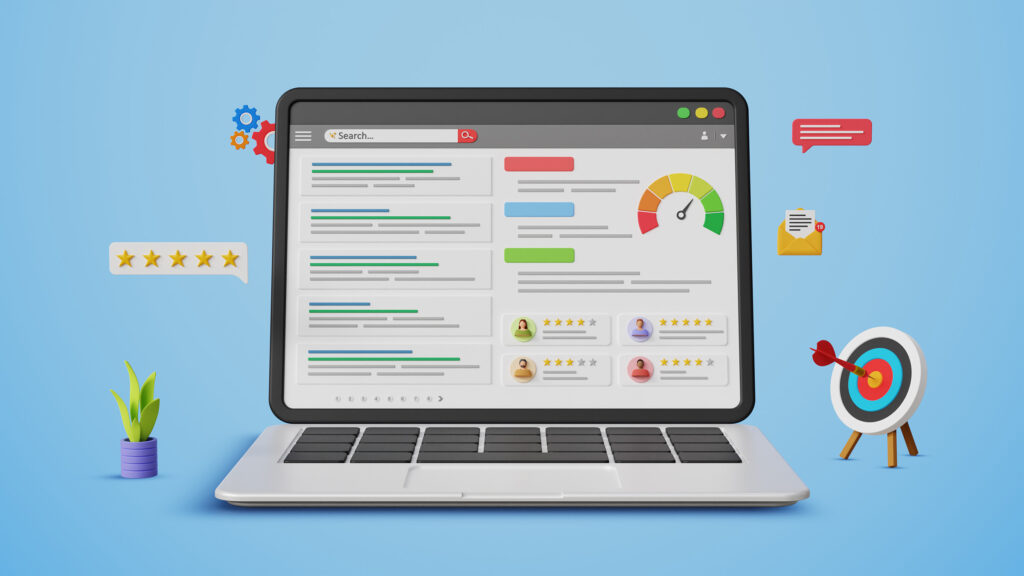Following on from a blog post from a few years back, which is still relevant today as a starting point, we look today at more advanced steps in planning your website and digital marketing content. Once you have a clear idea of what content you want your visitors to be accessing, it is a good time for businesses with existing sites to look at their current offering.
Current State Analysis
Team up with your web developer, a good customer, and your team and take a fresh look at your current website. We implement a software that actually records the mouse movements, clicks and scrolling of site visitors so we can actually see how visitors browse a site, where they move their mouse to access content, what content they access and how far they scroll to read it. We can view sessions from varied sources, i.e. visitors from social media, or search engines, or direct traffic. We can view sessions by a variety of devices, i.e. mobile iPhone, Samsung phones, tablets, and PC or Mac desktops. This allows us to view the current user experience of visitors driven by a variety of motivations and using the gamut of devices. We can then see where the pain points are, and also what is working well. We can even see how far visitors complete enquiry forms before giving up. This information informs our future site planning.
Also informing our future site planning is data. We review Google Analytic data to see the current weight of traffic, where it is coming from, and what it is looking for in terms of priority and popularity.
Future State Planning
The important thing from the start is to have an understanding of your business, your market, as well as a clear understanding of your products and service delivery, and then be ready to have your current concepts of these challenged.
We suggest a Content Strategy Workshop that looks at the following elements:
The Business Context
From where we derive a clear view of the internal structure supporting the website and marketing initiatives that go with it. Questions we should be answering include:
- What are the goals you have for your website?
- What will constitute success coming from your future website?
- What are the risks in the actual development process and the ongoing running of the website to the business operations?
- What platforms and functionality is available and what capacity does your team have to handle ongoing management?
Your Why, Your What, and Your Who
We like to start with why, and perhaps this should be the first step rather than the second in many cases. In this step we need to establish our purpose, our Why, a clear statement of why you do what you do, your core motivation. Next is establishing what you provide, products or services, and their unique features and benefits that set yours apart from your competitors. Then your market, who is your primary market, your ideal customer persona. How do they access information, when and at what stage in the purchasing process are they using digital platforms to find what they are looking for. Which leads into the next step.
Solving the customer problem
The job of your business, and by extension, your website and digital marketing initiatives is to solve a customer’s problem. Your customer is searching for a product or service in order to alleviate a pain or to achieve a gain. Clayton Christensen refers to the business role in this is as being employed by the customer to do a job that eliminates a pain and contributes a gain to the, usually emotional, need of the consumer.
The pain is often a threat to the customer, for example, financial (is it expensive? worth the money?), physical (what is the quality? is it safe?), or emotional (will it validate me? will it lift my sense of worth among my peer group?).
Gains are what the customer desires, sometimes they are the opposite of a pain, for example, a bargain that delights, a product that out-performs expectations allowing the customer to validate their choice (often via social media), or that stirs positive emotions. We look at these sorts of gains in terms of content in our review of Contagious by Jonah Berger.
The ultimate aim of locating the customers pain, alleviating it while simultaneously finding and supplying the gain they are seeking is the basis of your value proposition. You should have a statement of purpose, or value proposition for each product or service category you present on your website. Which leads us to the last step.
Site Structure and User Experience (UX)
This is where the above review and analysis comes together in implementation in a content plan. It is where we put ourselves in the mind of our customer and put in place content signals, calls to action, navigation points and order, that appeals to the pain, indicates a gain, and lands the value proposition with close proximity to a point of purchase or enquiry. This is best done using wire framing software, or even a whiteboard with sticky notes. We look at placement of value propositions in product/service pages, what are the page structures, where should we place visual or text triggers of pains, gains, and solutions throughout the site.
The result is a website structure that provides a seamless and struggle free user experience, where the user pain is recognised, a gain is triggered, a solution is provided, and a means of taking action is easy to perform.
The above elements and practical methods of planning your first website, your new refreshed or restructured website, are best done in conjunction with your website developer and marketing team. HyperWeb are fortunate enough to have a combination of broad technical development capabilities, front-end creative development, and marketing strategy in house to bring these skills to your business. Contact us to get started.




